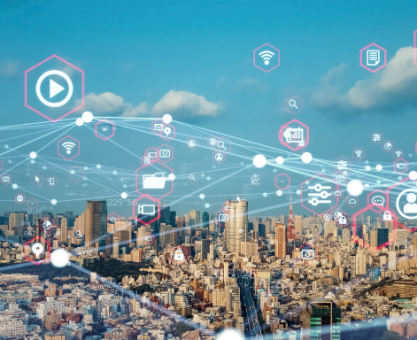Executive Summary
-
Digital twins are revolutionizing the way industries approach decarbonization.
-
These virtual models help in optimizing processes and reducing emissions effectively.
-
The technology is pivotal for industries aiming to meet stringent environmental regulations.
-
Challenges include high initial setup costs and technical expertise requirements.
-
Companies adopting digital twins see increased efficiency and better compliance with decarbonization targets.
Introduction
Industries around the globe are under immense pressure to reduce their carbon footprints. As companies strive to adhere to environmental regulations, digital twins have emerged as a transformative tool. These virtual replicas of physical systems can drive significant improvements in efficiency and sustainability. This article explores how digital twins are reshaping industrial decarbonization efforts and why they matter to business leaders and environmental strategists.
Definitions / Context
Digital Twins
A digital twin is a dynamic, virtual model of a physical object, process, or system that uses real-time data to simulate performance. This technology enables businesses to monitor, diagnose, and optimize operations remotely.
Decarbonization
Decarbonization refers to the reduction of carbon dioxide emissions through the use of low-carbon power sources, achieving lower output of greenhouse gases into the atmosphere.
Benefits / Pros
-
Enhanced Process Optimization: Digital twins provide insights into process inefficiencies, allowing for targeted improvements.
-
Predictive Maintenance: By simulating operations, digital twins help predict equipment failures, reducing downtime.
-
Energy Efficiency: Real-time data analysis helps in optimizing energy usage, significantly reducing emissions.
-
Compliance: Aids in meeting international environmental standards and regulations.
Risks / Cons / Challenges
-
High Initial Costs: The setup and integration of digital twin technology can be expensive.
-
Technical Expertise Required: Companies need skilled personnel to manage and interpret complex data from digital twins.
-
Data Security Concerns: Handling sensitive operational data requires robust cybersecurity measures.
Step-by-Step Process
Implementing Digital Twins for Decarbonization:
-
Assessment: Evaluate existing systems and identify areas where digital twins can be applied.
-
Data Integration: Collect real-time data from sensors and integrate it with digital twin platforms.
-
Simulation and Analysis: Use digital twins to simulate different scenarios and analyze outcomes.
-
Optimization: Implement changes based on insights gained from the digital twin simulations.
-
Monitoring: Continuously monitor system performance and adjust strategies as needed.
A major manufacturing company implemented digital twins to optimize their production lines. By simulating various operational scenarios, the company reduced energy consumption by 20% and cut down carbon emissions by 15% within the first year. This not only improved their sustainability profile but also enhanced their operational efficiency.
— Manufacturing Sector
Expert Tips / Strategic Insights
-
Epiidosis Recommends: Start small with pilot projects to assess the effectiveness of digital twins before a full-scale rollout.
-
Data Utilization: Leverage historical data to enhance the predictive capabilities of digital twins.
-
Partnerships: Collaborate with tech providers for access to cutting-edge digital twin technologies.
Tools / Resources / Calculators
-
Digital Twin Platforms: Explore platforms like Siemens’ MindSphere and GE’s Predix for digital twin solutions.
-
Energy Efficiency Calculators: Use online calculators to estimate potential energy savings from digital twin implementations.
-
Industry Reports: Access reports from the International Energy Agency for insights into decarbonization strategies.
Conclusion
Digital twins present a powerful opportunity for industries aiming to reduce their carbon footprints. By providing real-time data and simulation capabilities, they enable businesses to optimize processes and meet environmental targets effectively. As industries face increasing pressure to decarbonize, digital twins offer a strategic advantage in achieving sustainability goals.



















